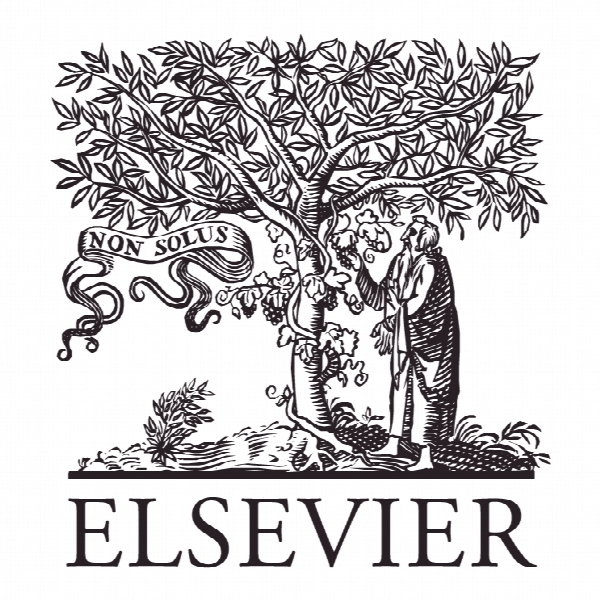مداخله دولت و سرمایه گذاری شرکت Government intervention and firm investment
- نوع فایل : کتاب
- زبان : انگلیسی
- ناشر : Elsevier
- چاپ و سال / کشور: 2018
توضیحات
رشته های مرتبط مدیریت، اقتصاد
گرایش های مرتبط اقتصاد مالی، مدیریت مالی و مدیریت کسب و کار
مجله امور مالی شرکت – Journal of Corporate Finance
دانشگاه Beihang University – China
منتشر شده در نشریه الزویر
کلمات کلیدی انگلیسی Government intervention, Firm investment, Investment efficiency, Financial crisis, Economic stimulus package
گرایش های مرتبط اقتصاد مالی، مدیریت مالی و مدیریت کسب و کار
مجله امور مالی شرکت – Journal of Corporate Finance
دانشگاه Beihang University – China
منتشر شده در نشریه الزویر
کلمات کلیدی انگلیسی Government intervention, Firm investment, Investment efficiency, Financial crisis, Economic stimulus package
Description
1. Introduction A fundamental question in corporate finance is what determines firms’ capital allocation and investment. In the perfect world without market friction (Modigliani and Miller, 1958), firms’ investment would be determined only by their investment opportunities (Stein, 2003). However, in the real world, it has been long observed that a firm may underinvest due to market frictions such as information asymmetry (Myers and Majluf, 1984; Fazzari et al., 1988), or overinvest due to moral hazard and agency problems (Jensen, 1986; Lang et al., 1991). Using a sample of Chinese listed firms from 2001 to 2006, Chen et al. (2011) provide new evidence to the strand of literature by showing that a new friction in China, namely, government intervention in state-owned enterprises (SOEs), may distort firms’ investment behavior. They measure government intervention by government ownership and political background of top executives (political connections). Their paper finds that SOEs, especially those with politically connected executives, have lower investment efficiency. Our research aims to extend the research on government intervention in firms’ investment by focusing on an event that is likely to have exacerbated the impact of government intervention in firms’ investment, namely the massive economic stimulus package (ESP) in China in 2008. Corporate investment declined significantly during the 2008 global financial crisis.1 To provide liquidity to the market and restore the economy, governments all over the world implemented various policies, among which capital injection by a quantitative easing (QE) monetary policy was an important instrument. For example, the US government approved a Troubled Asset Relief Program (TARP) in 2008 to purchase assets and equity from financial institutions. As an export-driven economy, China was also affected by the financial crisis with the economic slowdown in the US and Europe. To counteract the impact of the financial crisis on China and stabilize the economy, the Chinese government initiated an economic stimulus package of RMB four trillion (US$ 586.68 billion) in 2008. Compared with the 30 trillion yuan GDP of China in 2008, the magnitude of the stimulus plan was quite large. This was also the largest economic stimulus plan in the world during the financial crisis, equal to three times the size of the US efforts (Wong, 2011). Different from the case in the US, where the government bailed out financial institutions to provide more liquidity to the market, the four trillion yuan were used to promote investment in priority areas such as housing, rural infrastructure, transportation, health and education, environment, industry, disaster rebuilding, income-building, tax cuts, and finance. The 2008 economic stimulus package in China provided an exogenous shock to firms’ investment environment. The ESP may affect firm’s investment behavior in the following ways. Firstly, the government invested directly in priority areas under the program, thus creating demand for the upstream and downstream enterprises, which would affect the firms’ investments. Secondly, China’s government initiated an accommodative monetary policy regime under the economic stimulus program. The central bank reduced the interest rate five times to encourage firms to borrow money from banks. As a result, firms would enjoy easier access to bank credits with a lower interest rate, which provided ample funding for firms’ investments. Moreover, the government sharply enlarged the size of credit to enterprises from commercial banks, making firms more easily obtain bank loans to support their investments. Thirdly, the government encouraged firms to invest in key areas by offering tax reduction and subsidies with the support of the stimulus plan. This provided motivation for firms to increase investments. Finally, the government could utilize political power to exercise control over SOEs and require SOEs to invest directly in specific areas. For non-SOEs, government intervention may have taken effect via politically connected top executives.


